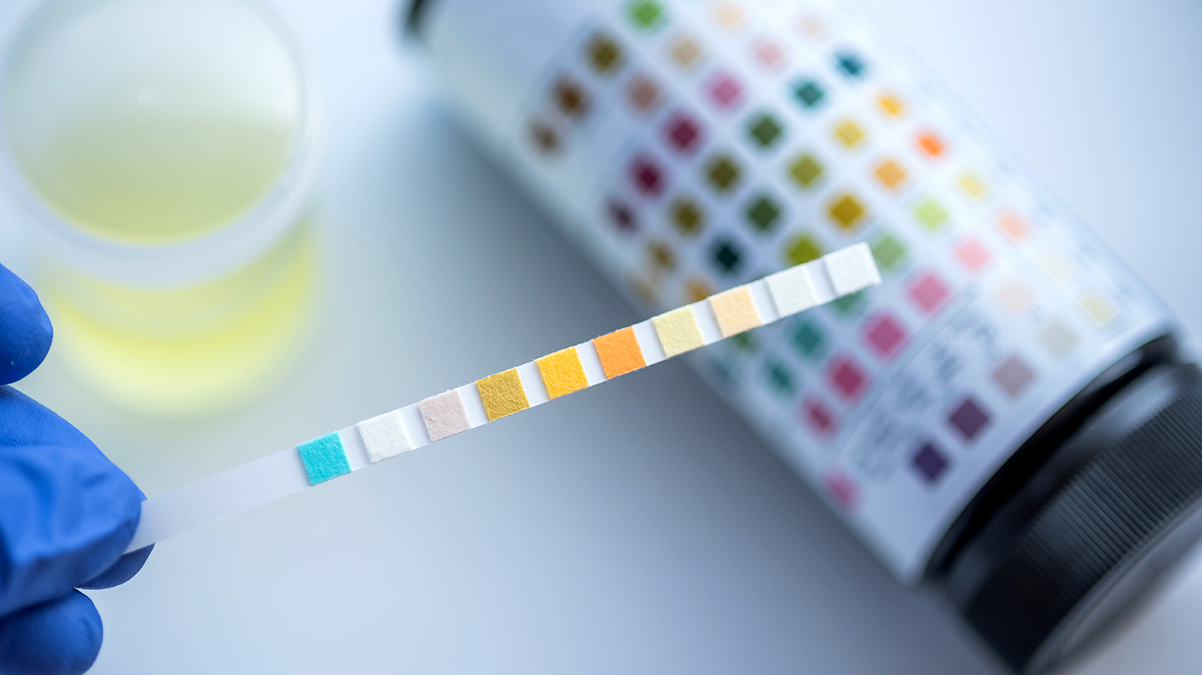Diabetic Ketoacidosis (DKA): Symptoms and Prevention

Diabetic ketoacidosis (DKA) is a serious condition in which an insulin-deprived body seeks energy from stored fat. Ketones are caused by the breakdown of fat when there isn’t enough insulin to allow the glucose (sugar) into your cells for energy. When ketones build up, the result is acidosis (too much acid in the blood). If not treated, this can lead to death. Usually blood glucose levels are elevated (>240 mg/dL) but not always. This article will help you be aware of the symptoms of diabetic ketoacidosis (DKA), what signs to look for and how to prevent it.
Early Warning Signs and Symptoms of Diabetic Ketoacidosis (DKA)
- Blood glucose levels above 240 mg/dL
- Flu-like symptoms (feeling tired, weak, aches, nausea or vomiting, abdominal pain)
- Frequent urination
- Excessive thirst
- Weight loss (if for a longer period of time)
- Drowsiness, lethargy, exhaustion
- Confusion
- Difficulty concentrating
- Fruity smelling breath
- Rapid breathing, which happens when the body is trying to eliminate the ketones and acid
- Ketones detected via urine or blood testing
Some Ways to Prevent Diabetic Ketoacidosis (DKA):
- Check your blood sugar levels multiple times a day — more often if you’re ill or under stress.
- Stick to your diabetes management routine that you discussed with your diabetes care team.
- Talk to your endocrinologist about how to adjust your insulin based on what you eat (your carb ratio) and correction factor as well as your activity level, whether you’re ill or any other factors.
- Check for ketones with either a blood or urine ketone test kit — you can buy them over-the-counter and should test when ill or when your blood sugar is higher than 240 mg/dl. If you have ketones, please contact your health care provider immediately for instructions on what to do or seek emergency care,
Anyone living type 1 diabetes and their caregivers should be aware of the signs and symptoms of diabetic ketoacidosis (DKA). Especially for people who are recently diagnosed, it is important to understand this complication and the ways to look out for and prevent it.
Ketones and How to Check for Them
If you have T1D or you are a caregiver for someone with T1D, you should have ketone testing supplies on hand to check for ketones. Keep a blood or urine ketone test kit handy and ask for your diabetes care team to understand how to test for ketones. Many experts advise to check your urine for ketones when your blood glucose is more than 240 mg/dl. Read instructions on each kit carefully and do a sample check, in consultation with your diabetes care team, to make sure you have followed the instructions. Check for expiration dates on the kits and discard the strips that have expired.